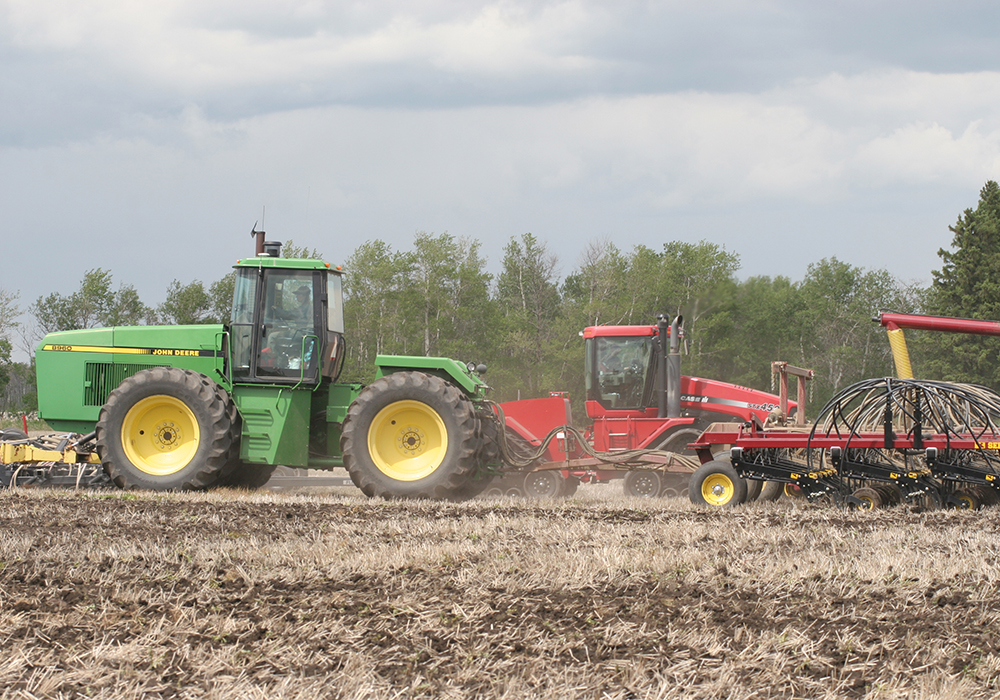A carbon offset system is unlikely to be as easy as getting gobs of money for the minimum tillage you have already been doing.
For years now, decades really, farmers have been told about the carbon sequestering power of minimum tillage. Now, with a rising price on carbon emissions, do some basic math and it looks like a big paycheque should be coming.
The carbon tax, or the so-called price on pollution as the Liberal government loves to call it, is biting agriculture and it’s going to bite big time as we grind towards $170 a tonne by 2030. While it looks like the tax will be discontinued in one way or another on propane and natural gas for grain drying, the tax hits agriculture in numerous other ways.
Read Also

Proactive approach best bet with looming catastrophes
The Pan-Canadian Action Plan on African swine fever has been developed to avoid the worst case scenario — a total loss ofmarket access.
Just consider the tax on custom trucking, grain movement by rail, fertilizer manufacture and the transport of all the inputs farmers use. This isn’t a cost producers can pass along. How is agriculture supposed to remain competitive with other countries that don’t pay a carbon tax?
Until recently, many hoped payments for carbon sequestration would more than offset the tax. Federal and provincial governments continue to talk about how producers will benefit from offsets, but it won’t be simple.
Carbon offsets aren’t a payment from government. This will be money from large emitters. To pay real money for a carbon credit, they are going to want something that counts as a real and verifiable carbon reduction.
Many producers have been practising direct seeding and minimum tillage for 20 or 30 years. Just think of all the sequestered carbon and how much money is involved. But how do you verify the increase in soil organic carbon field by field? And do past owners or renters get a share?
While producers hate hearing the business as usual argument, it’s still valid. Producers didn’t get into minimum tillage for the express purpose of sequestering carbon. They did it for lower costs, better yields and soil conservation. If you’re doing something anyway, how does it cut worldwide emissions to pay you money for the status quo?
Remember that if we want to go back in time two or three generations, a tremendous amount of carbon was released when the land was originally plowed for growing crops. Each year, for many decades, more carbon was released by the numerous annual tillage operations.
Minimum tillage when it was widely adopted in the 1990s finally reversed that trend, but we probably aren’t back to where the soils started.
There is an argument to be made that minimum tillage continues to sequester carbon and we should at least be paid for recent and ongoing contributions. However, this isn’t as easy as it sounds. Sequestration varies by soil zone, weather conditions, crop type and the seeding equipment used. How do you come up with something that’s accurate and verifiable?
And how do you guarantee permanence? What if herbicide bans and weed resistance results in more future tillage? What if you have ruts in your field from a wet harvest and you need to smooth them out? How do you account for carbon that might be released in the future?
A carbon credit trading system does provide a system to cut carbon emissions in the most economical way possible. There will likely be ways for producers to participate, but many of the expectations surrounding soil carbon have not been reasonable.
Kevin Hursh is an agricultural journalist, consultant and farmer. He can be reached by e-mail at kevin@hursh.ca.


















